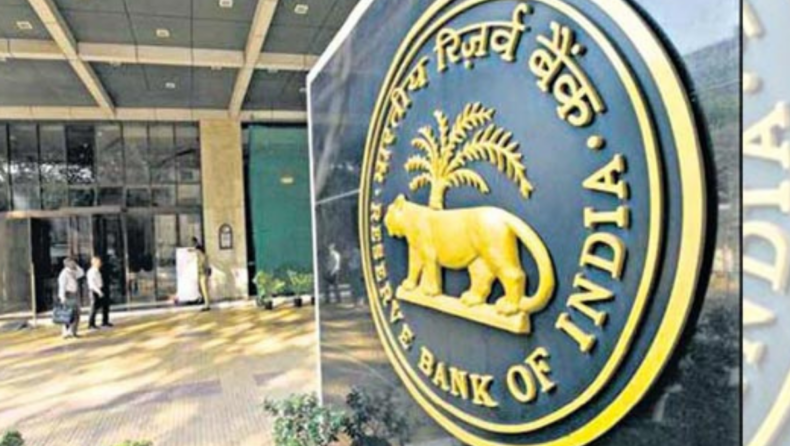The RBI MPC committee began deliberating bi-monthly monetary policy on Wednesday. They’re expected to raise the benchmark lending rate for the third time in August because of inflation.
The Global Monetary Policy Committee of the RBI began its three-day meeting on Wednesday. The six-member panel is deliberating on the country’s interest rates, taking inflation and other Inflation, the Global Monetary Policy Cycle, issues into account. The meeting is happening at a time when central banks around the world are raising interest rates and tightening monetary policy.
The central bank has previously declared that it would reduce its monetary policy stance gradually. The Monetary Policy Committee (MPC), chaired by RBI Governor Shaktikanta Das, is set to publish its decision on August 5.
Since January of this year, the inflation rate has been over the RBI’s comfort limit of 6%, and it reached 7.01 percent in June. Both the central bank and the government have taken efforts to manage inflation, which has been above the RBI’s comfort level of 6%.
Currently, the policy repo rate is 4.90 percent. The Bank Rate is now 5.15 percent, the marginal standing facility rate is 4.65 percent, and the standing deposit facility rate is also 4.65 percent.
RBI began this year’s rate-hiking cycle with a 40-basis-point hike in the repo rate in May and a 50-basis-point increase in June. In order to combat persistent inflation, both the Central bank and the US Federal Reserve have increased their main interest rates. The Central bank has increased the repo rate by 90 basis points, while the US Federal Reserve has increased its key rate by 225 basis points.
The high commodity prices and the current state of global geopolitics indicate that inflation will likely continue to be over the upper tolerance limit of 6% for the first three quarters of 2022–2023. At its monetary policy meeting this week, the RBI may declare an increase of 30 to 50 basis points to combat the growing inflation.
“The third increase would make house and personal loans more expensive. Higher interest rates will also affect parents who have education loans for their children. Also, automobile and motorcycle loans will grow more costly in the future.
According to research by Crisil, the total CPI inflation for the current fiscal year is anticipated to be 6.8%, with food inflation at 7%. “The high cost of agricultural inputs (fertilizers, pesticides, animal feed, and fuel) is anticipated to keep food inflation under pressure throughout this fiscal year. Despite recent declines in worldwide pricing for several food goods, they remain higher than they were this time last year, and the rupee’s depreciation has partially negated the benefit of lowering foreign costs for imported foods.
The CPI movement dictates how the central bank of India implements its policies, and India is on an inflationary trajectory. Inflation is at 7.01 percent in June, above the RBI’s comfort target of 6 percent for the sixth consecutive month.
Experts believe that the Reserve Bank of India (RBI) would hike the benchmark interest rate to at least the pre-pandemic level this week and even higher in the coming months. Considering the current economic climate, Punjab & Sind Bank managing director Swarup Kumar Saha anticipates RBI to increase the repo rate by between 35 and 50 basis points this week.
The rate increase will have an immediate effect on the equivalent monthly payments (EMIs) of a mortgage or personal loan.














